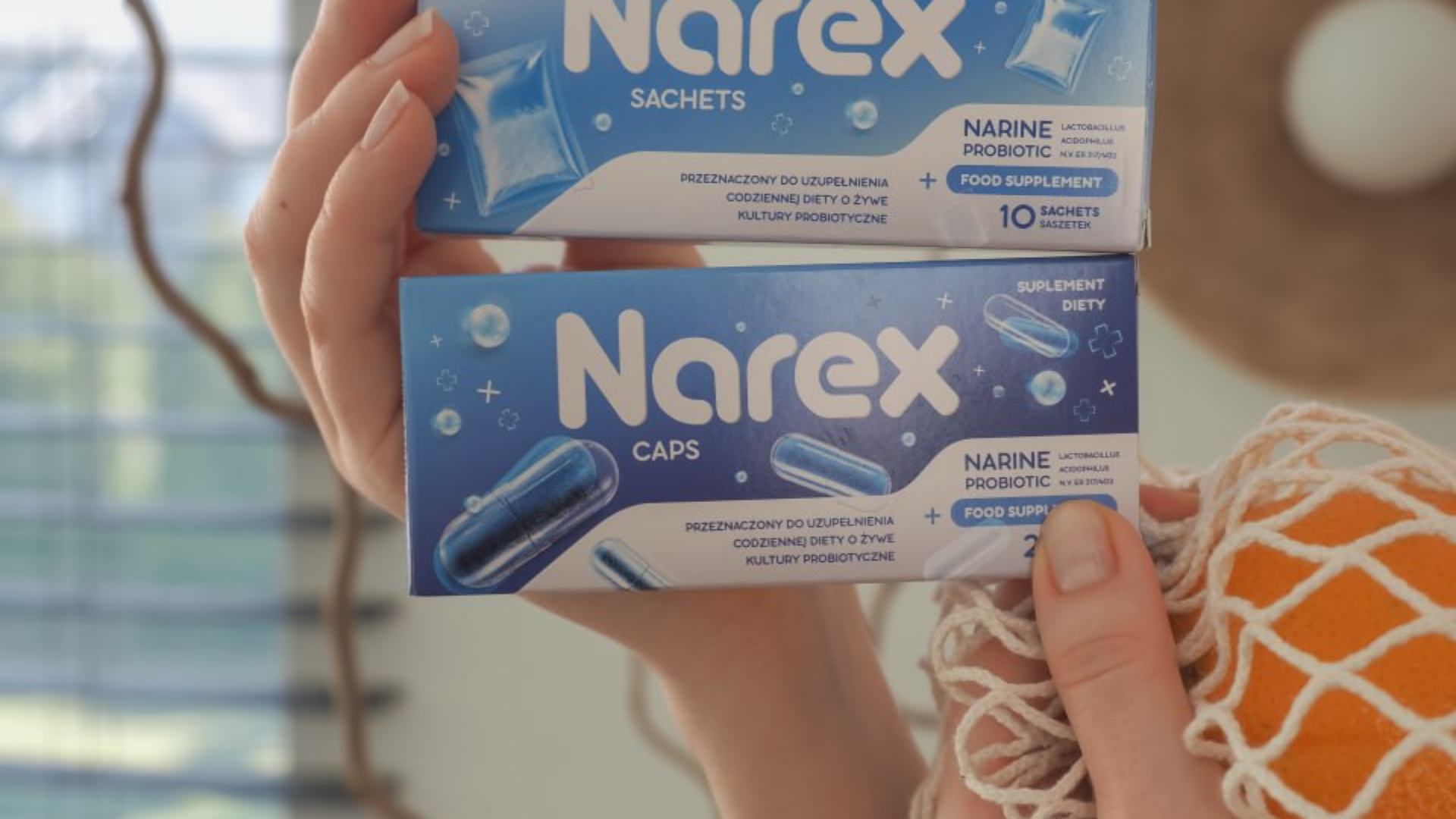
How to Restore Gut Microbiota After Antibiotics
Antibiotics are among the most important medical discoveries in history — they effectively fight bacterial infections, saving countless lives. However, they also have a downside: while eliminating harmful bacteria, they damage the natural gut microbiota, leading to an imbalance known as dysbiosis.
After treatment, many people experience side effects such as bloating, diarrhea, abdominal pain, or weakened immunity. Fortunately, several proven methods can help restore a healthy intestinal microbiota.
Why gut microbiota matters
The gut microbiota is a complex ecosystem of over 100 trillion microorganisms — bacteria, viruses, and fungi — that live in the digestive system. It plays a vital role in digestion, nutrient absorption, vitamin production, metabolism, and immune regulation. A healthy microbiota forms a natural barrier against pathogens, reduces inflammation, and supports immune balance.
How antibiotics affect gut flora
Antibiotics, though effective, act on both harmful and beneficial bacteria. This disrupts microbial balance, allowing pathogenic bacteria or yeasts (e.g., Candida) to grow excessively. The result is dysbiosis, which manifests as diarrhea, bloating, digestive discomfort, and reduced immunity.
How to restore gut microbiota after antibiotics
- Include probiotics in your diet
Probiotics are live microorganisms that, when consumed in adequate amounts, bring health benefits. Regular intake helps restore microbial balance.
Narine (Lactobacillus acidophilus Er strain 317/402): This highly resistant probiotic survives stomach acid and bile, effectively colonizes the intestines, and restores beneficial bacteria while inhibiting pathogens.
Natural probiotic sources: Fermented foods such as sauerkraut, pickles, kefir, and yogurt contain lactic acid bacteria that support gut recovery.
- Add prebiotics
Prebiotics are indigestible fibers that serve as food for beneficial bacteria, supporting their growth. Found in onions, garlic, leeks, asparagus, bananas, and whole grains, they help probiotics thrive. When combined with probiotics, they form synbiotics, which support gut recovery even more effectively. - Eat a fiber-rich diet
Fiber promotes fermentation and nourishes gut bacteria. Vegetables, fruits, whole grains, and nuts create an ideal environment for healthy microbiota. Apples, carrots, beans, lentils, flaxseed, and oats are particularly beneficial. - Avoid processed foods and sugar
Highly processed foods rich in sugar and saturated fats promote pathogenic bacteria and yeast growth. Replacing sweets and fast food with natural, nutrient-dense products helps restore gut balance. - Supplement with omega-3 fatty acids
Omega-3s from fish, flaxseed, and walnuts have anti-inflammatory properties that support intestinal healing after antibiotic use. - Support with zinc and vitamin D
Zinc aids intestinal lining repair, while vitamin D modulates immune function and protects against infections. Maintaining optimal levels of both supports gut recovery and overall immunity.
Benefits of restoring gut microbiota
Stronger immunity: A balanced microbiota helps protect against infections.
Better digestion: Reduces bloating, diarrhea, and constipation.
Improved mood: Gut health influences the gut–brain axis and overall well-being.
Less inflammation: Reduces chronic inflammation and disease risk.
Summary
Antibiotics are essential for fighting infections, but they can disrupt gut balance. Restoring the microbiota afterward is crucial for overall health. Regular probiotic use — especially Lactobacillus acidophilus Narine — along with prebiotics, a balanced diet, and proper supplementation helps rebuild gut health, strengthen immunity, and improve well-being.







